Ah! So you’re planning to set off on the adventure of a lifetime, eh? Meandering across the sweeping mountainous Nepal landscape, sleeping in teahouses decorated with prayer flags, and sipping endless pots of ginger-lemon-honey tea is sure to top any bucket list. But as you being your preparations, you may have some reservations about Everest Base Camp safety.
Rest assured that the actual ascent up to the Base Camp itself is relatively safe. The trek itself is one very long hike along dirt and stone pathways. Aside from the potential for a rolled ankle or skinned knee wiping out on loose gravel, the trek is pretty straight forward. Get those images of ice picking your way up a vertical ice wall right out of your head. We’re just walking, not technical climbing.
That being said, there are some things to be aware of before setting off.
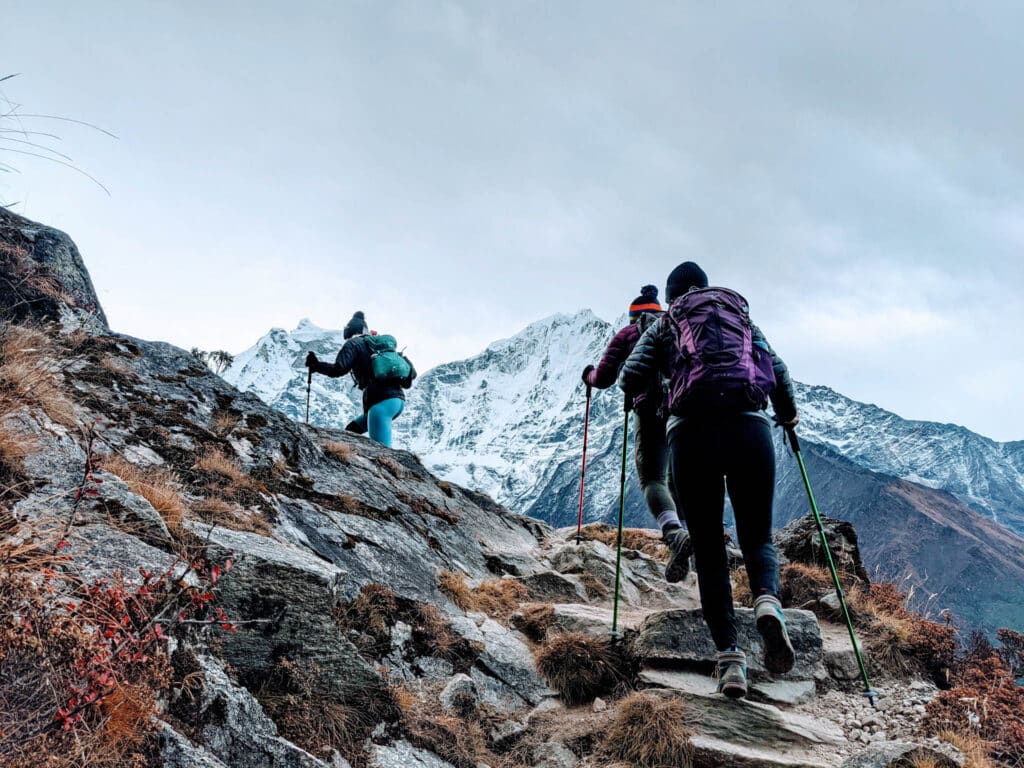
Altitude safety on the Everest Base Camp trek
What is altitude sickness?
Pretty much everyone who sets out to Everest Base Camp will experience acute mountain sickness (AMS) in some capacity along the route. AMS is onset by low blood-oxygen levels, and has an extremely wide range of symptoms including headaches, nausea, fatigue, and congestion. What is absolutely fascinating about the human body is that, typically, we acclimatize to our altitude. This means our bodies will naturally begin to remedy the symptoms of AMS after staying put at higher altitudes for longer periods of time.
I vividly remember one grueling day of the trek. It felt as though a want-to-be doctor with no experience was performing an icepick lobotomy on my head. I walked for 4 straight hours with my eyes practically shut, only to perk up and engage in a snowball fight 2 hours after reaching our destination.
That said, sometimes AMS does not resolve on its own, and that is when we need to be careful. Monitor your symptoms, and spend extra days at your current altitude to see if that helps solve the problem. If your symptoms worsen, descend to lower altitudes as quickly as possible.
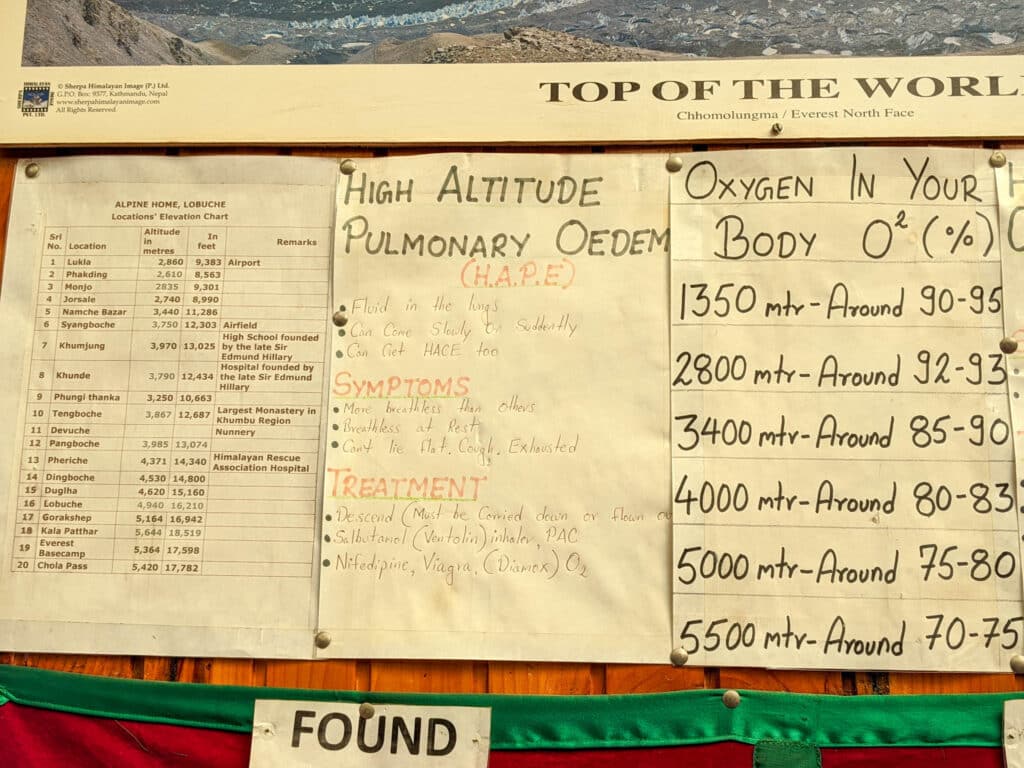
How do you prevent altitude sickness on the Everest Base Camp trek?
- Take Diamox – Diamox is an oral tablet that helps reduce the symptoms of altitude. It is recommended to begin taking diamox 2-3 days before beginning to climb to higher altitudes – and then continue to take it until you have descended back down to your starting point. It helps reduce fluid buildup in the body, which can help alleviate some of the symptoms of altitude sickness. Visit your primary care physician to make sure you are a good candidate for the medication before setting off!
- Drink fluid – Dehydration can worsen the symptoms of altitude sickness – so it is important to make sure you are getting enough water so your body can regulate itself. I’m not exaggerating when I say I drank 2 Nalgene water bottles and a Camelbak every single day. Plain ole’ H2O is one of the best altitude remedies.
- Be sure to eat – You burn a lot of calories on this trek. It is important to eat so your body can adjust to changing altitudes and extreme physical fatigue. I recommend bringing power bars during your daily hikes so you have a constant source of fuel.
- Avoid caffeine & alcohol – Caffeine and alcohol can thin the blood, which may worsen altitude symptoms. It is best to avoid these, and pick them back up on the descent. (Much to my caffeine-dependent brain’s dismay).
- Slow down – Altitude symptoms appear with a vengeance to those who ascend to higher levels too quickly. Your body needs time to adjust, and climbing slowly allows it to gradually level out and adapt. Ascending too quickly is a sure-fire way to get nailed with altitude symptoms. Trek bastare (slowly), and your body will thank you for it.
- Descend – Listen to your body. If your symptoms are worsening over time, descend to lower altitudes to see if your condition improves. Descending is the best cure for altitude sickness.
Altitude sickness is serious business, and this is not the place to “just power through”. Listen to your body and your guide, and know when it is time to call it quits.
Check out my guide to preventing altitude sickness on the Everest Base Camp trek for more information!
Route safety on the Everest Base Camp trek
A majority of the Everest Base Camp trek takes place in a massive national park. As you ascend toward higher altitudes, the route becomes significantly less well marked. Be sure to have your GPS, route maps, and compass handy, especially if you are not hiring a guide. Sagarmatha Park is, just like any other National Park, massive and remote. Think twice before you go bushwhacking off the path, and be sure to have a backup plan in the event that you or one of your party members gets lost.
Food and water safety
Water safety on the Everest Base Camp trek
Water is going to be your saving grace on the trail. It’s actually astonishing how much you have to guzzle to get through the day. We dehydrate much quicker at higher altitudes, and it is important to always have a supply at the ready so you can drink continuously throughout the day. That said, it is of utmost importance to purify your drinking water before consuming.
Purifying water is the most full-proof way to remove potential or present bacteria, viruses, and parasites. Drinking bad water can lead to health issues like diarrhea, dysentery, or cholera – so it’s best to be on the safe side. You can bring iodine tablets, a steripen, or purification drips (which is what we used).
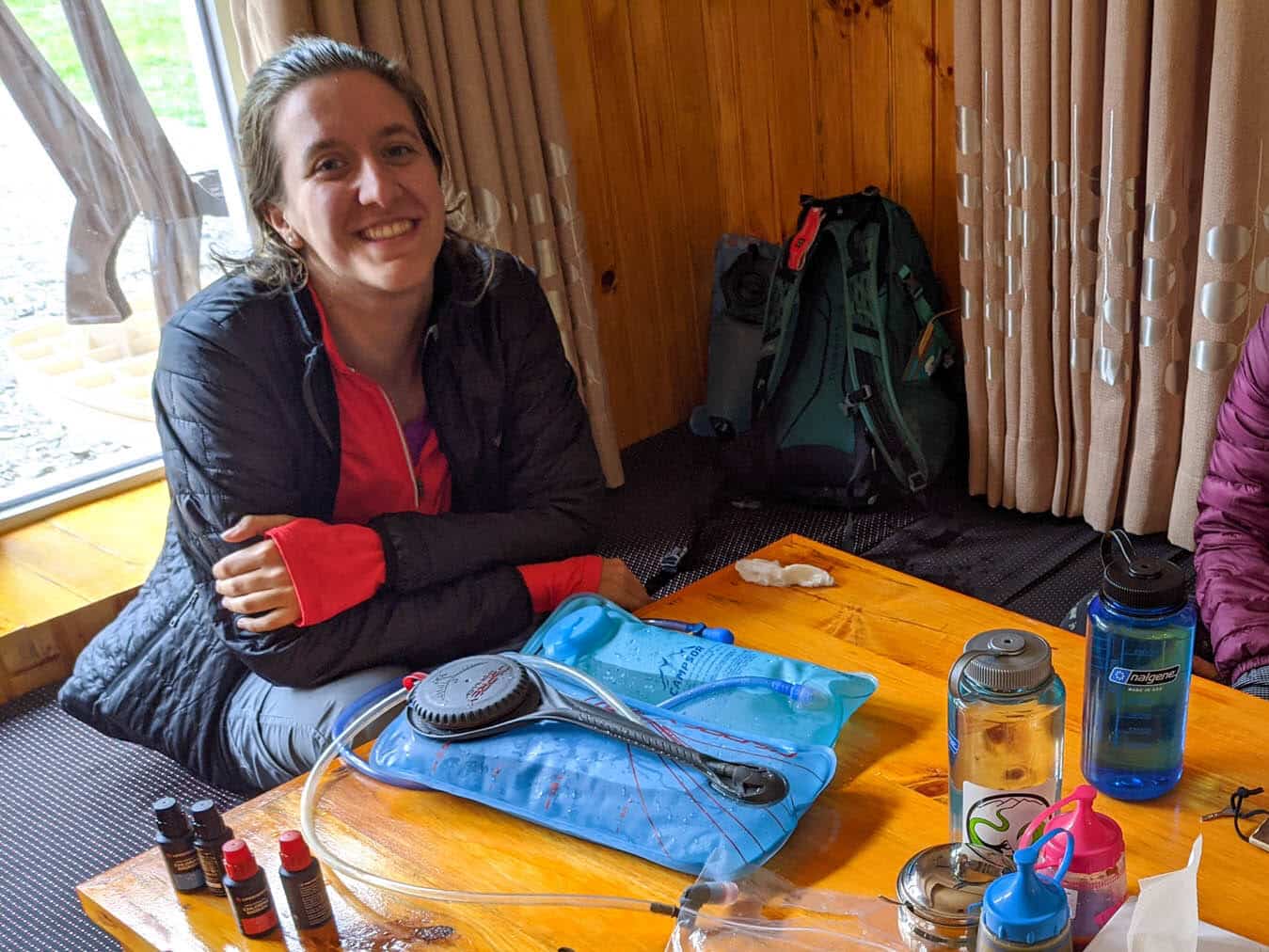
I encourage you not to purchase plastic water bottles on your trek up the mountain. Purification methods are much more eco-friendly, and work just as well!
I’ll reinforce the importance here by sharing an anecdote from my trek:
One sleepy day, I wasn’t paying attention and purified my water incorrectly. Not even 24 hours later, and I was spending one incredibly shitty (literally and figuratively) night trekking to and from the bathroom. I probably put in more steps to my Fitbit that night than I did the entire rest of the trek. Purify your water!
Food safety on the Everest Base Camp trek
As for food safety, the only thing I’ll say is this: Food found at higher altitudes has to be carried up the mountain by foot. Food is not necessarily kept at “safe” temperatures. I recommend avoiding meat (and possibly even dairy) as you climb to higher altitudes.
Eating spoiled meat and dairy can lead to health complications, so avoiding these items for a few days toward the top of the trek is a good precaution. By all means, absolutely ball out in the capital city and lower altitudes! The chicken curry I had in Kathmandu was some of the best food I’ve eaten in my entire life.
As a bonus, your doctor can pre-prescribe you a dose of antibiotics to take along in the event that you consume something that really doesn’t sit well. My doctor recommended that I bring one, but I didn’t end up using it.
Animal crossing
You will not see lions, tigers, or bears on this trek (though, if you are one of the lucky few to spot a snow leopard in the wild, I’m eternally jealous). In fact, the wildlife is pretty much sparse along the route. However, there are a few things to note.
Domestic animals on the Everest Base Camp trek
Surprisingly, domesticated pack animals are actually a safety concern on the Everest Base Camp trail. You’ll see mules, yaks, and horses lugging cargo from one town to the next. These guys are HUGE, and basically take up a good portion of the road and bridges. If you’re not paying attention, they could accidentally (though not aggressively) knock you off the path and send you tumbling down a cliff face. It has happened.
Best rule of thumb? Give the pack animals their space to get through, and hug to the side of the road NOT leading to a huge drop off.
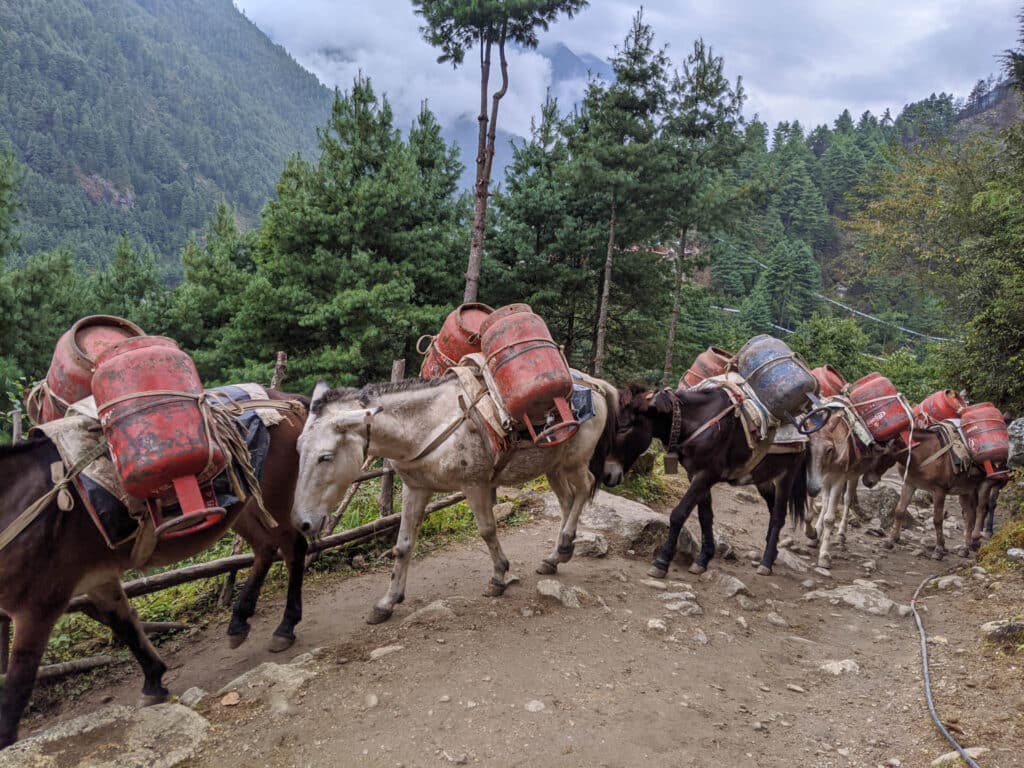
Wild animal safety
Another consideration to watch out for are wild animals. Shockingly this actually applies more to Kathmandu and neighboring towns than it does to the national park. There are a lot of stray dogs roaming about and, while it is tempting to want to snuggle up to them or share food, they are best left alone. You really don’t want to have to deal with a bite.
Similarly, if you are visiting monkey temples, just be aware of your surroundings. Because holy moly new fear unlocked! Those guys move fast and, after watching one monkey leap onto the head of an unsuspecting tourist, I was OUTTA THERE.
When I went to the doctor for my pre-visit vaccination check-up, they suggested getting the rabies vaccine as a precaution (though they said it was most likely not necessary). I ended up not getting the vaccine and was totally fine. But if I were to travel again, I probably would request the shot simply for peace of mind.
Flight to Luka
The Tenzing-Hillary airport in Lukla is known as “the most dangerous airports in the world”. Not the most consoling news for anyone about to take off and begin their trek. Admittedly this was the part of the trek that I was most nervous for. Lukla’s airport contains one incredibly short runway with a low margin of error for takeoff and landing due to the surrounding mountains.
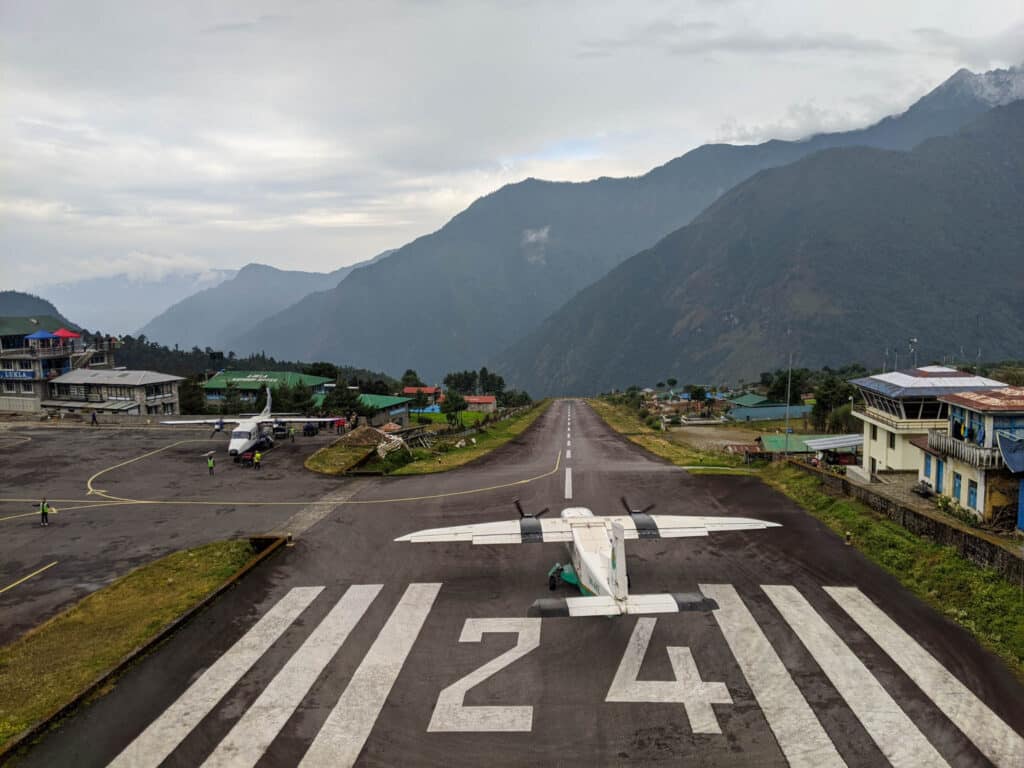
That said, the pilots who are certified to fly in and out of Lukla are some of the best in the world, with special training in landing on short runways. What’s more, the airport in Lukla will literally close if there is even a single cloud in the sky to ensure that the pilots have the best visibility. We missed our flight on day one and had to camp overnight before trying again the next morning to fly into Lukla.
That’s all, folks!
The Everest Base Camp trek is certainly safe – particularly if you are going with a guide group! You should not let safety concerns deter you from this life-changing experience. With proper planning and packing, you will be all set.
Have you trekked to Everest Base Camp? If so, leave a comment about your experience below!
Check out my full itinerary for Everest Base Camp here.
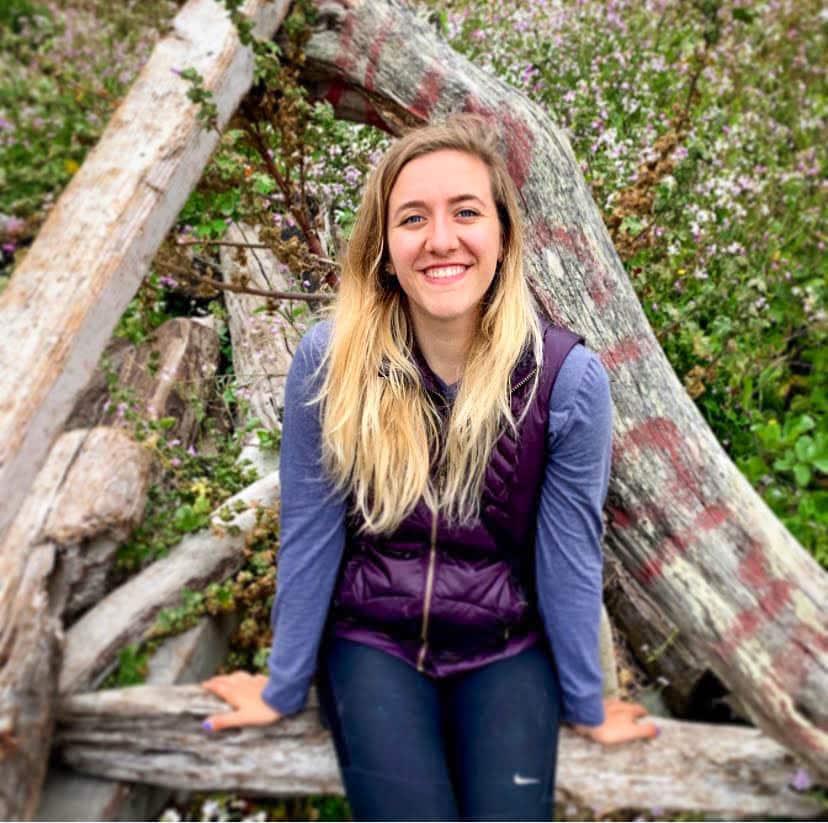
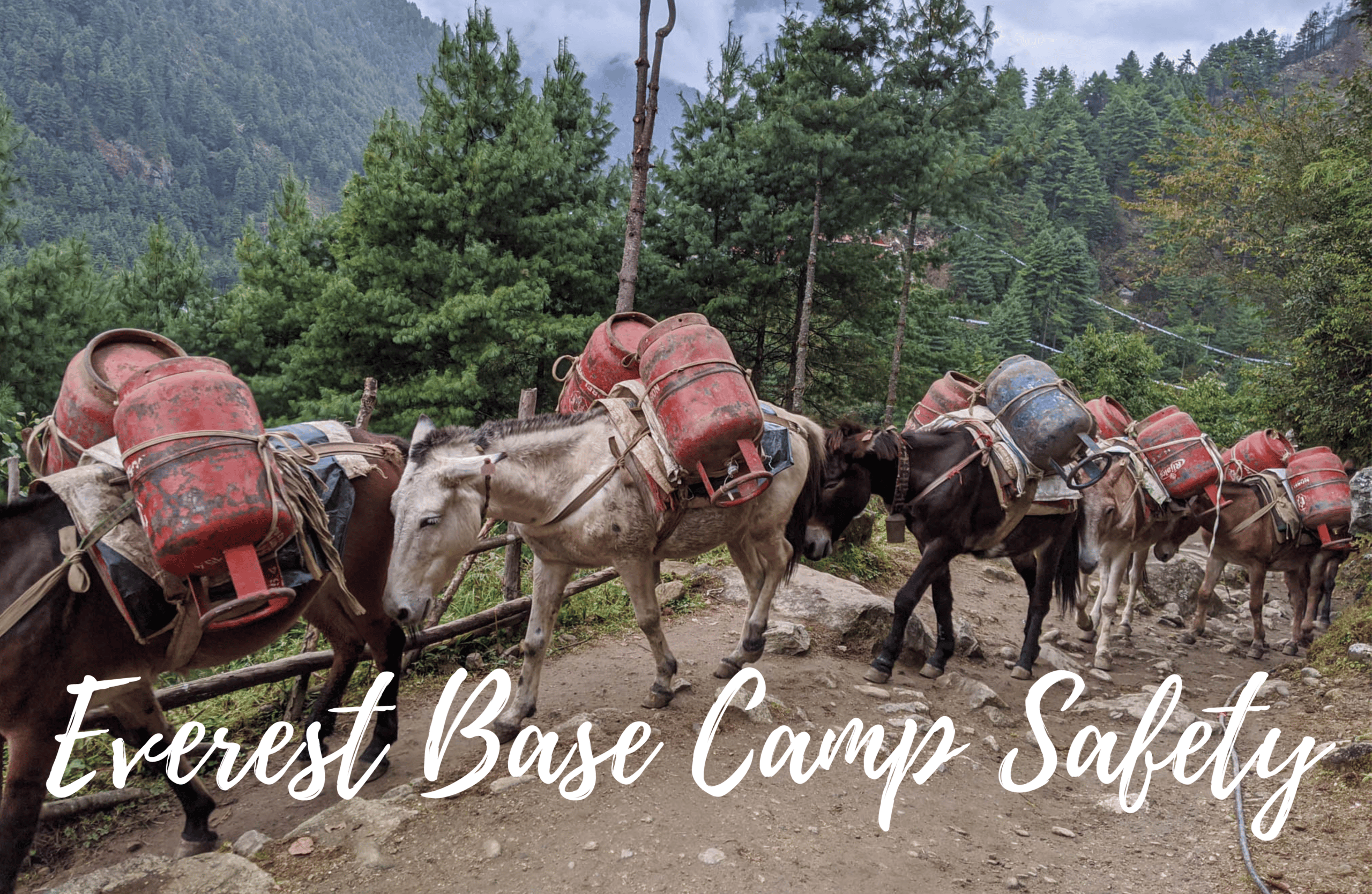
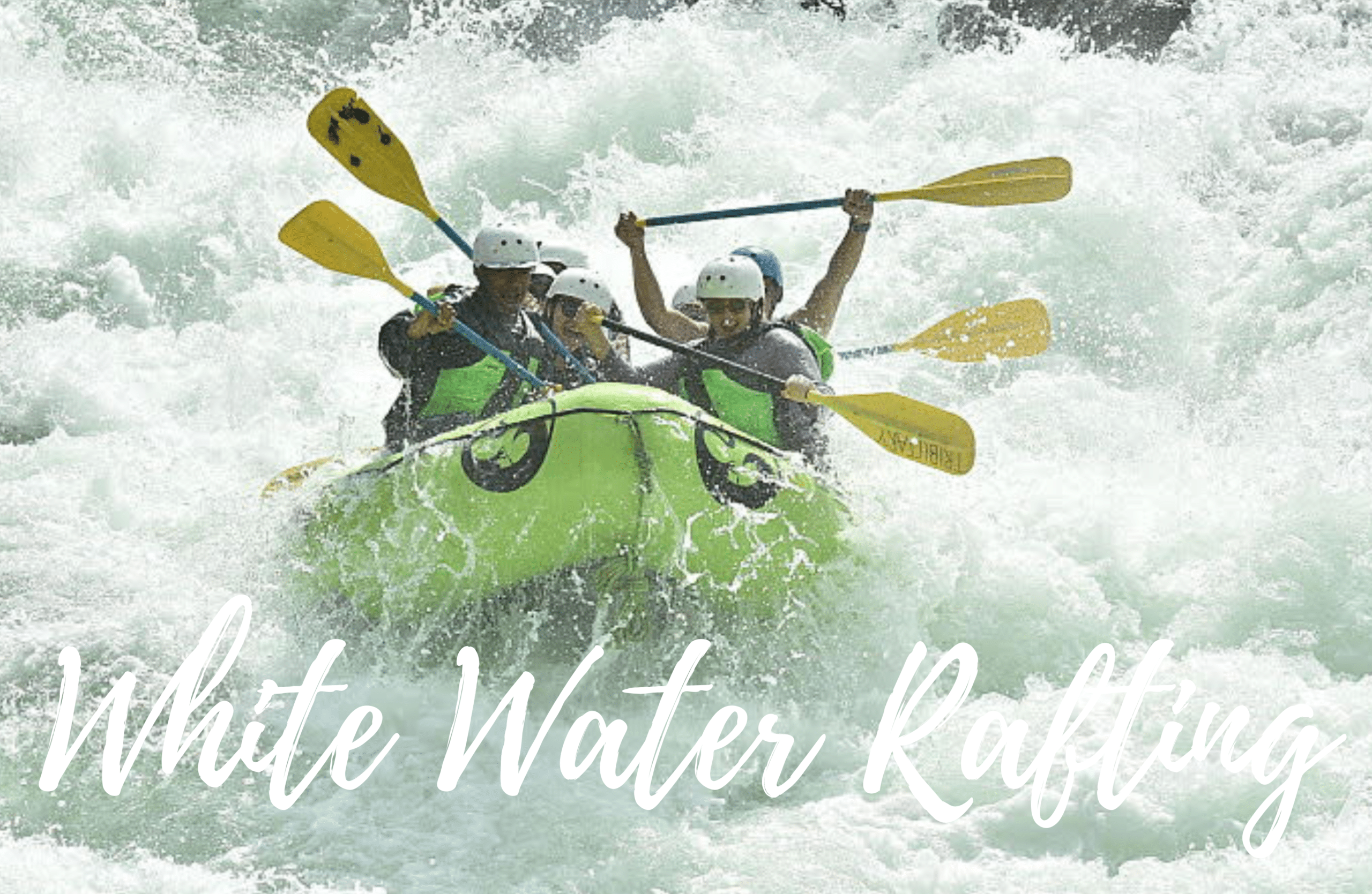
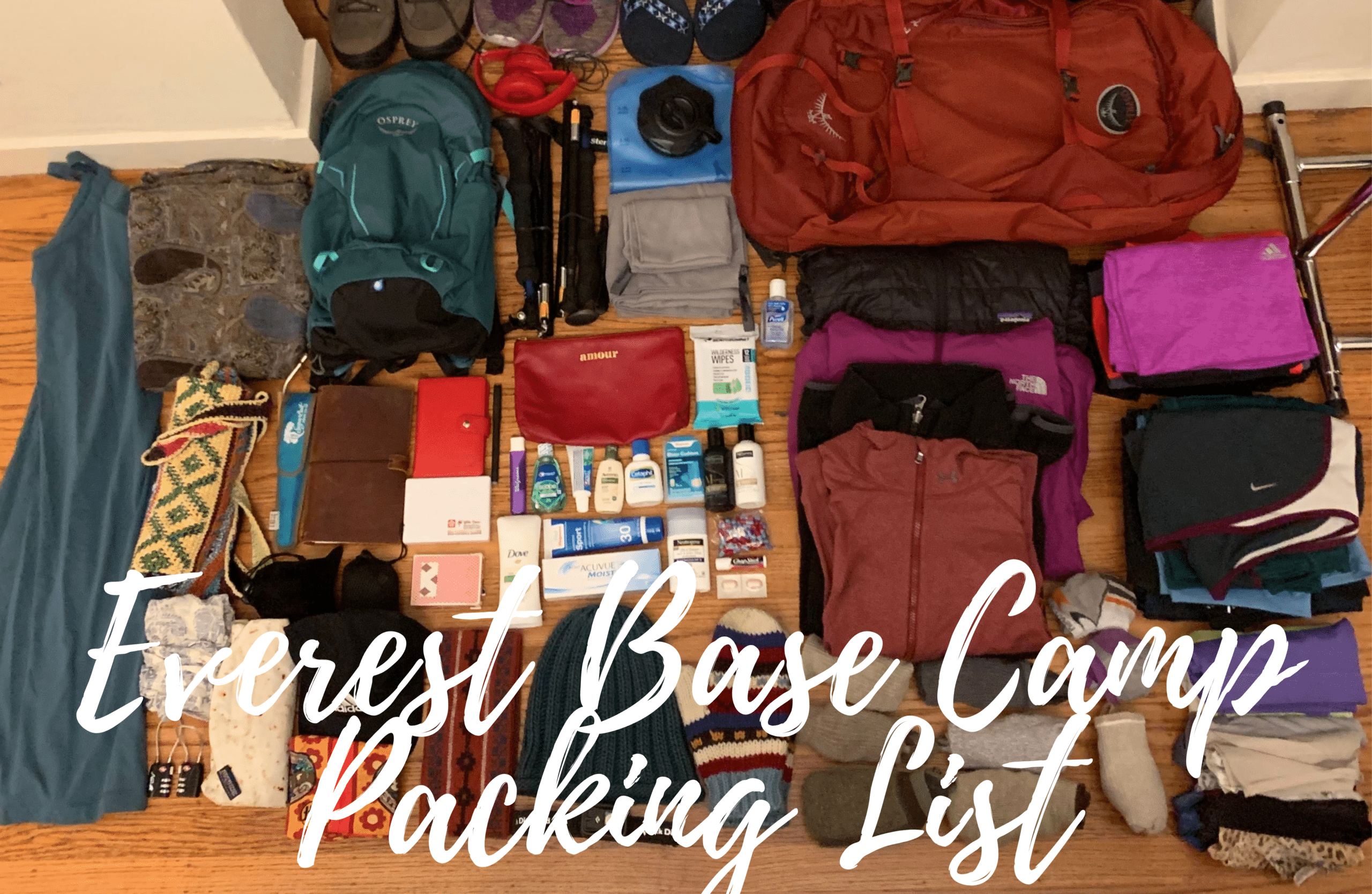


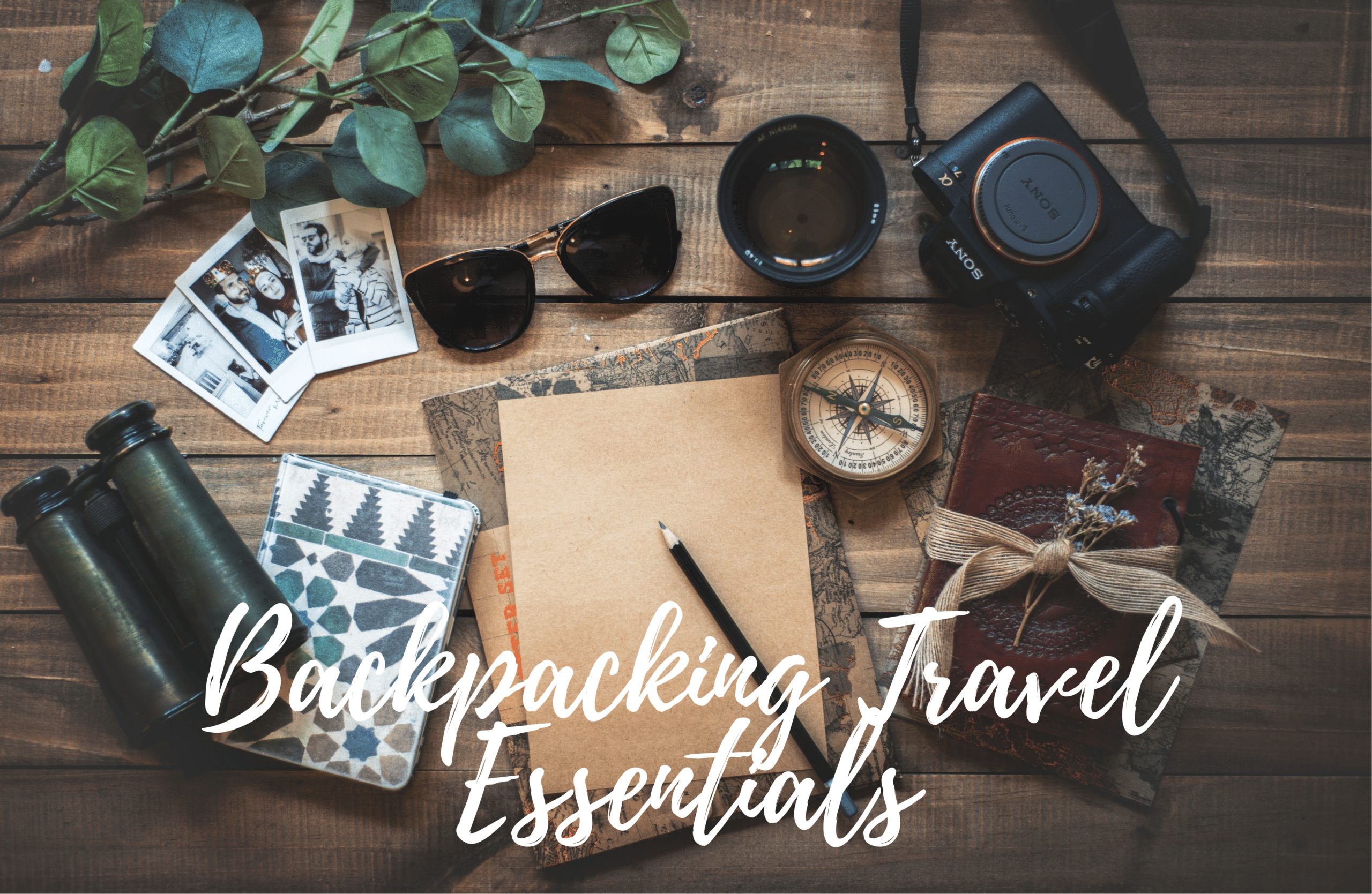

0